A Comprehensive Guide to Triple Packaging System for Infectious Materials
The Importance of Triple Packaging System for Infectious Materials
When it comes to handling infectious materials, safety is of utmost importance. A triple packaging system is a reliable method used to ensure the containment and transport of potentially hazardous materials in a secure and controlled manner.
Why Triple Packaging?
Triple packaging involves using three layers of packaging to provide a robust barrier against leaks, spills, and contamination during shipping. The primary container holds the infectious material, which is then placed inside a secondary container, and finally, both containers are enclosed in a sturdy outer packaging for added protection.
Components of Triple Packaging System
The triple packaging system typically consists of:
- Primary Container: This is the first layer that directly holds the infectious material. It must be leak-proof, puncture-resistant, and compatible with the contents.
- Secondary Container: The primary container is then placed inside a secondary container, providing an extra layer of protection in case of any leaks or breakages.
- Outer Packaging: The final layer is the outer packaging, which is robust, durable, and clearly labeled to indicate the presence of infectious materials.
Benefits of Triple Packaging
Using a triple packaging system offers several advantages, including:
- Enhanced containment and protection of infectious materials
- Reduced risk of leaks or spills during transportation
- Compliance with regulatory requirements for handling hazardous materials
- Minimization of exposure to potentially harmful substances
Best Practices for Implementing Triple Packaging
To ensure the effectiveness of the triple packaging system, consider the following best practices:
- Use approved containers that meet the necessary standards for storing infectious materials.
- Properly label each layer of packaging to indicate the contents and any handling precautions.
- Inspect all packaging components for damage or defects before use.
- Train personnel on the correct procedures for packaging and handling infectious materials.
Conclusion
Triple packaging for infectious materials is a critical aspect of maintaining safety and compliance in various industries. By implementing a robust triple packaging system and adhering to best practices, organizations can effectively contain and transport hazardous materials while minimizing risks to human health and the environment.
-
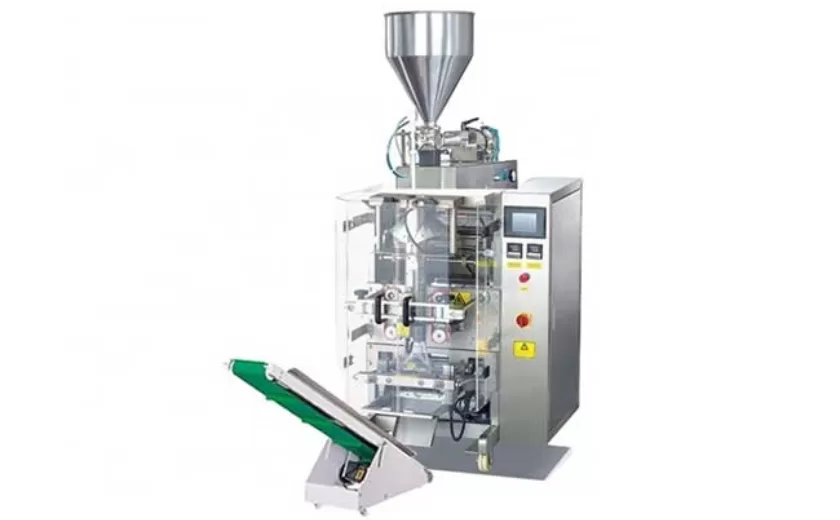
Advanced Packing Solutions: Snacks, Sugar, and Frozen Food Machines
29-10-2025 -
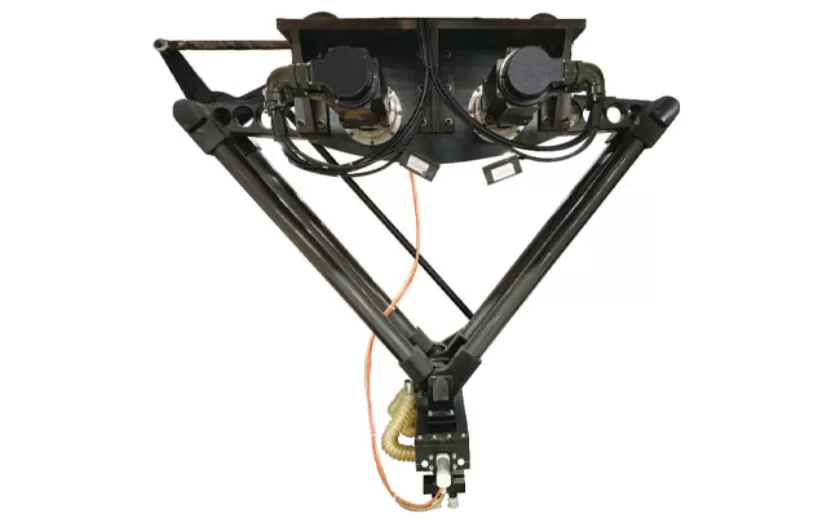
Efficient and Reliable Solutions for Salt, Nuts, and Frozen Dumplings Packing
29-10-2025 -
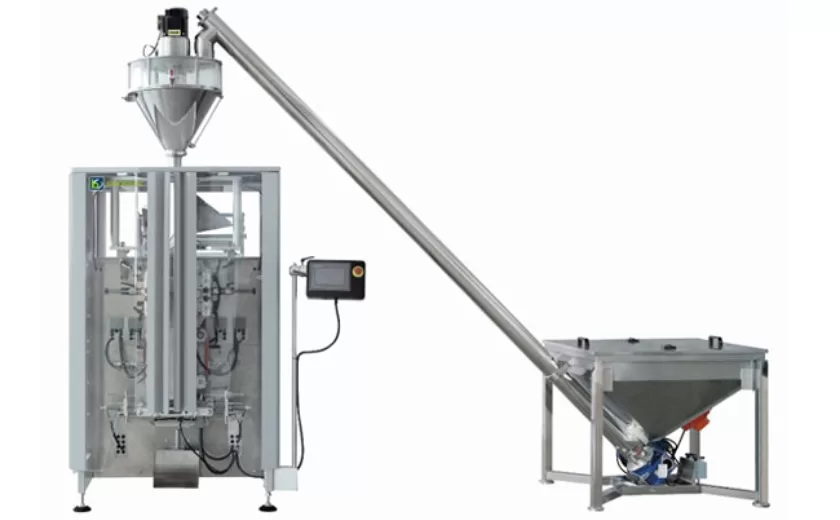
High-Performance Biscuits, Lollipop, and Ketchup Packing Machines for Modern Food Production
29-10-2025 -

Efficient Liquid Filling and Packing Machines for Modern Production
23-10-2025 -
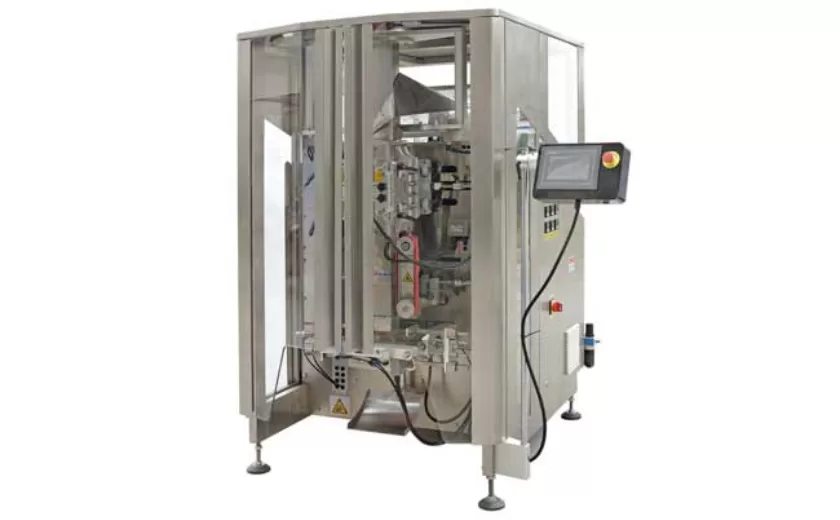
Reliable Granule Packaging Machines for Efficient Production
23-10-2025 -

Efficient Auger Powder Filling Machines for Accurate Packaging
23-10-2025 -

High-Performance Liquid Filling and Packing Machines for Hygienic Production
10-10-2025 -

High-Efficiency Granule Packaging Machines for Precision and Speed
10-10-2025 -

High-Precision Auger Type Powder Filling Machines for Efficient Packaging
10-10-2025 -
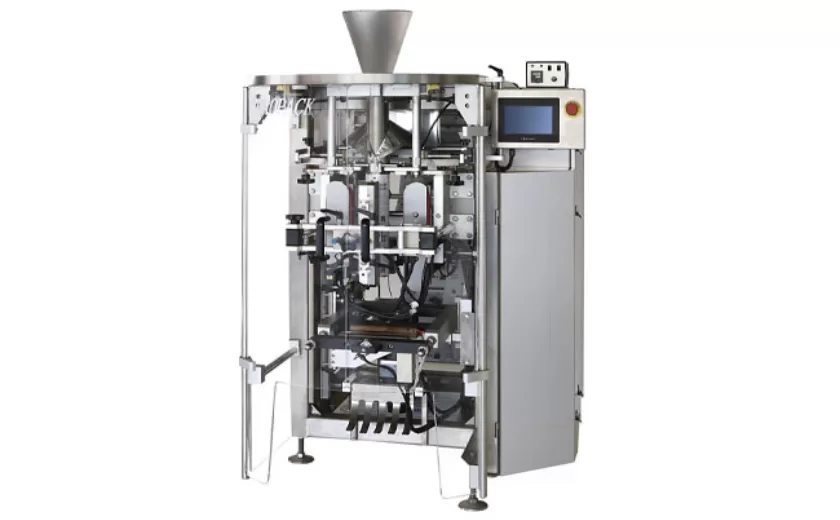
Efficient Vertical Form Fill Seal Packaging Machines for Smart Production
10-10-2025





